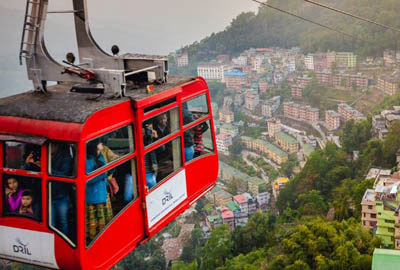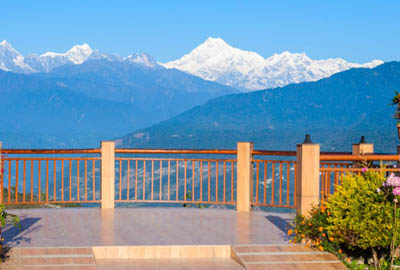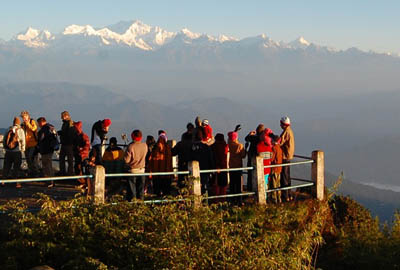Pang Lhabsol is a famous festival in Sikkim that endows color and elegance in the already colorful state. The rich and varied tints play a significant role in the cultural fiesta. This carnival is well connected with the culture and tradition of this land.
Many tourists and locals come together to celebrate Pang Lhabsol Festival Sikkim. The festival exudes an incomparable aura of positivity and colors everywhere and brings all people together to immerse in celebrations and festivities. Carnivals, lama warrior dances, and cultural performances are organized, and traditional Sikkimese food is prepared.
If you want to know more about Sikkim culture, plan a trip to Sikkim and partake in the celebrations of the Pang Lhabsol Festival in Sikkim. We provide the best deals on Sikkim tour packages covering meals, accommodations, sightseeing, and transfers.
Check out Sikkim tour packages, Gangtok tour packages, Ravangla tour package, Pelling tour package
Pang Lhabsol Festival: Everything you need to know!
Why and When is Pang Lhabsol Celebrated?
People celebrate this festival to honor the world’s third and India’s highest mountain, Mount Kanchenjunga. This peak is considered to be the guardian deity of Sikkim.
The pageantry is held in August, on the 15th day of the 7th month of the Tibetan calendar every year. It falls somewhere between August and September. This is the day when India gained independence and is, therefore, the crucial time for the Indians. Invoking God on that day is regarded as very auspicious; the people of Sikkim seem to do that on behalf of the country.
History of the Pang Lhabsol Festival
At Sikkim, the third-largest Mountain called Kanchenjunga is located, and it is replete with numerous Buddhist Monasteries. The Monasteries are pilgrimage sites for the Mahayana Buddhists and the Hinayana Buddhists. The Pang Lhabsol festival in Sikkim is designated as the third Chogyal of Sikkim. The word Phang means witness. The third Chogyal of Sikkim is recognized for the task of maneuvering the Pang-Toed Dance of the present-day Monks.
Chogyal is the chronological and religious king of Sikkim who presides over all the holy ceremonies and scrutinizes the fate of the people. In Sikkim, the people worship Lord Khanchendzonga, also known as Chakdor Namgyal. This fiesta ensures fellow feelings amongst the Lepchas and the Bhutias. The sense of brotherhood is not rational but is based on the concept of love preached by Lord Buddha because “Feelings are not supposed to be logical. Dangerous is the man who has rationalized his emotions” (David Borenstein)
This process can only be attained by implementing Kye Bhumsa and Thekong Tek. On the day of the grand carnival, the Lama displays the principal deity as a red-faced guardian angel with a crown and five faces. He rides on a Snow Lion. The pageant show is a remarkable show that deserves approbation and distinction.
Browse through our Gangtok tour packages from Mumbai, Gangtok tour package from Kolkata, Sikkim packages from Delhi, Sikkim tour packages from Kolkata and Gangtok trip from Bangalore
Celebration of the Pang Lhabsol Festival Sikkim
Pang Lhabsol Sikkim is a mystical festival celebrated across Sikkim at different locations, especially monasteries. A grand carnival is held at the Tsuklakhang Monastery in Gangtok. Different communities like the Bhutias, Lepchas, and Nepalis come together in Sikkim to participate in the festivities with great enthusiasm, representing the communal harmony in Sikkim.
Monks and lamas perform elaborate rituals, dances, and prayers. This keeps the locals and tourists hooked. A special dance, ‘Pang-Toed Chaam’ charms the people and directly aims at invoking Mount Kanchenjunga.
Lamas wear fiery red-faced masks and crowns made of five skulls and ride on a snow lion. This represents the guardian angel and is a sight to behold. The enchanting dance and acrobatic moves on the sounds of drums and cymbals are something you will never forget once you see. Later, the Mahakala, the protector of Dharma enters, which is probably one of the much-awaited parts of the celebration and brings a twist to the whole performance.












